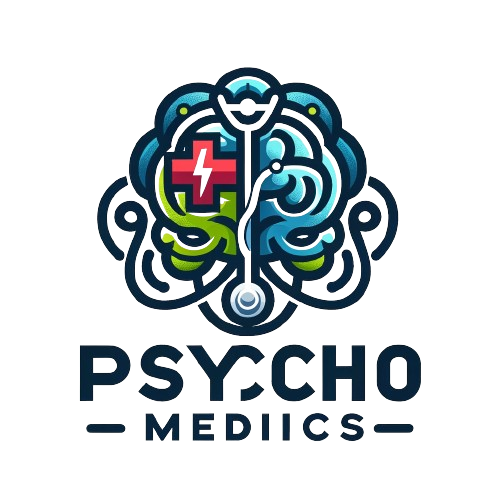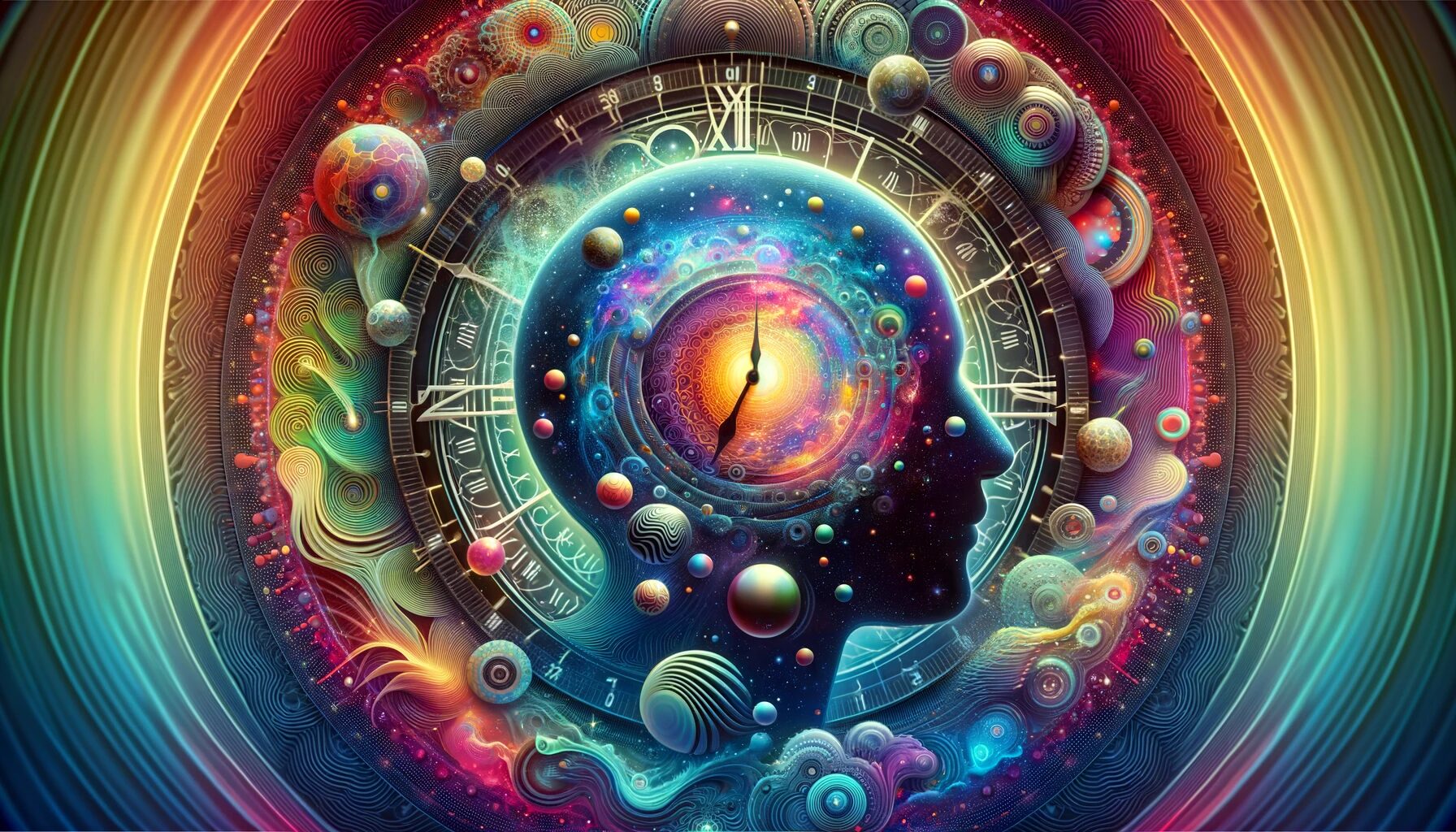Dimethyltryptamine, or DMT, is a naturally occurring psychedelic compound that has sparked intrigue and debate in both scientific and cultural realms. This substance, found in various plants and animals, has a rich history intertwined with spiritual practices and shamanic traditions, particularly in South America. In these contexts, DMT has been used in religious ceremonies and healing rituals, often viewed as a conduit to spiritual realms or a tool for deep introspection.
In modern times, DMT has captured the attention of the scientific community and the general public alike, largely due to its potent psychoactive properties and its role in the Ayahuasca brew, a traditional South American psychoactive tea. The compound’s unique psychoactive profile, characterized by a rapid onset and a relatively short duration of effects, has led to its reputation as the “spirit molecule,” a term popularized by Dr. Rick Strassman’s research in the 1990s. This nickname encapsulates the profound and often life-altering experiences reported by users, who frequently describe encounters with otherworldly entities, intense emotional revelations, and a sense of connection to a larger universe.
DMT’s intriguing effects on human consciousness, along with its potential therapeutic applications, have spurred a wave of research seeking to understand its impact on the brain, perception, and mental health. Studies have delved into its pharmacological mechanisms, exploring how DMT interacts with the brain’s serotonin receptors to produce its hallucinogenic effects. This research is particularly relevant given the growing interest in the therapeutic potential of psychedelics for conditions like depression, anxiety, and PTSD.
The rising popularity of DMT in recreational and therapeutic contexts has also brought forth important conversations about safety, legality, and ethical considerations. As a Schedule I controlled substance in many countries, its legal status poses significant challenges for researchers and users. The intense nature of the DMT experience, while often described as transformative, can also be overwhelming, emphasizing the need for a cautious and respectful approach to its use. More detailed information on this study can be found in the article titled “Exploratory study of the dose-related safety, tolerability, and efficacy of dimethyltryptamine (DMT) in healthy volunteers and major depressive disorder” on Nature’s website.
This article aims to provide a comprehensive overview of DMT, focusing on the duration of its effects, the factors influencing this duration, and key safety considerations. By exploring the multifaceted nature of DMT – from its historical roots to its modern implications – we seek to offer a well-rounded perspective on this enigmatic compound and its place in both traditional and contemporary contexts.
1. The DMT Experience
DMT is known for its rapid onset and intense psychedelic effects. When smoked or vaporized, DMT induces a brief but profound experience often described as a journey into a different dimension or reality. Users report experiencing vivid visual and auditory hallucinations, altered sense of time, and deep emotional revelations.
2. Duration of Effects
The duration of DMT effects varies based on several factors, including the method of consumption:
- Smoked or Vaporized: The most common method of consuming DMT. The effects kick in almost immediately, usually within a few seconds, peaking rapidly and lasting for about 5 to 15 minutes.
- Ayahuasca: DMT is also a primary ingredient in Ayahuasca, a traditional South American brew. When ingested in this form, the onset is slower, taking 20-60 minutes, with effects lasting 2 to 6 hours.
3. Factors Affecting Duration
Several factors can influence how long DMT effects last:
- Dosage: Higher doses tend to result in longer-lasting effects.
- Individual Physiology: Metabolic rate, body weight, and individual sensitivity to DMT.
- Method of Consumption: As noted, smoking DMT leads to a shorter experience compared to oral ingestion in the form of Ayahuasca.
- Set and Setting: The individual’s mindset and the environment in which they consume DMT can influence the experience’s duration and intensity.
4. Aftereffects
While the primary effects of DMT are short-lived, users may experience residual effects:
- Immediate Afterglow: Many report a period of reflection and emotional insight immediately following the DMT experience.
- Long-term Psychological Impact: Some users report long-lasting changes in their perspective or mental state.
5. Safety and Risks
DMT is a powerful psychedelic, and its use is not without risks:
- Psychological Distress: The intense nature of a DMT trip can be overwhelming, especially for those unprepared or with a history of mental health issues.
- Physical Health: Individuals with certain health conditions, particularly heart problems, should avoid DMT.
- Legal Status: DMT is a controlled substance in many countries, and its possession and use are illegal.
6. Recent Research and Findings
Recent studies have furthered our understanding of DMT’s effects. For instance, a study conducted by the VA Connecticut Healthcare System and Yale University School of Medicine investigated the dose-related safety, tolerability, and efficacy of DMT, focusing on its rapid onset yet short duration of psychedelic effects.
This and other studies contribute significantly to our understanding of DMT, particularly in terms of its effects, duration, and potential therapeutic applications. More detailed information on this study can be found in the article titled “Exploratory study of the dose-related safety, tolerability, and efficacy of dimethyltryptamine (DMT) in healthy volunteers and major depressive disorder” on Nature’s website.
Conclusion
DMT offers a profound and rapid psychedelic experience, lasting typically between 5 to 15 minutes when smoked. Factors like dosage, physiology, and consumption method play a significant role in determining the duration and intensity of the effects. While many find the DMT experience enlightening, it is important to approach its use cautiously, considering both the psychological and legal implications.
FAQs
Q1: What is DMT?
- A1: DMT (N, N-Dimethyltryptamine) is a naturally occurring psychedelic compound, known for inducing intense visual and auditory hallucinations and altered states of consciousness.
Q2: How long does the effect of smoked DMT last?
- A2: The effects of smoked or vaporized DMT typically last about 5 to 15 minutes, characterized by a rapid onset and a profound experience.
Q3: What is Ayahuasca, and how does it relate to DMT?
- A3: Ayahuasca is a traditional South American brew containing DMT. Its effects last longer, typically 2 to 6 hours, due to other compounds that modify DMT’s absorption.
Q4: Is DMT legal?
- A4: DMT’s legal status varies; in many countries, including the U.S., it is a Schedule I controlled substance, making it illegal to use or possess.
Q5: Can DMT be used for therapeutic purposes?
- A5: Research into DMT’s therapeutic potential, especially for mental health conditions like depression and PTSD, is ongoing, but it’s not widely legally accepted for therapy yet.
Q6: What are the risks of using DMT?
- A6: Risks include psychological distress, particularly for those with mental health issues, potential legal consequences, and the dangers of uncontrolled use.
Q7: Does the body naturally produce DMT?
- A7: Some studies suggest the human body might produce small quantities of DMT, but its role and significance are not fully understood.
Q8: Can you develop a tolerance to DMT?
- A8: DMT does not typically lead to tolerance with repeated use, though experiences can vary individually.
Q9: What should be considered before using DMT?
- A9: Before using DMT, consider its legal status, be aware of health risks, especially for those with mental health conditions, and the unpredictability of its effects.

Alex is a seasoned writer and researcher, specializing in psychedelic studies and mental health. Known for insightful and authoritative content, he combines extensive knowledge with a passion for exploring wellness and alternative therapies. Alex’s work is a trusted resource for readers delving into the world of mental well-being.


Leave a Reply